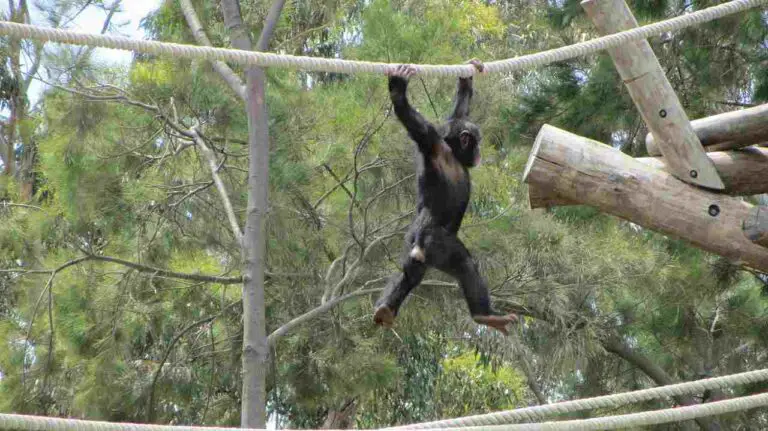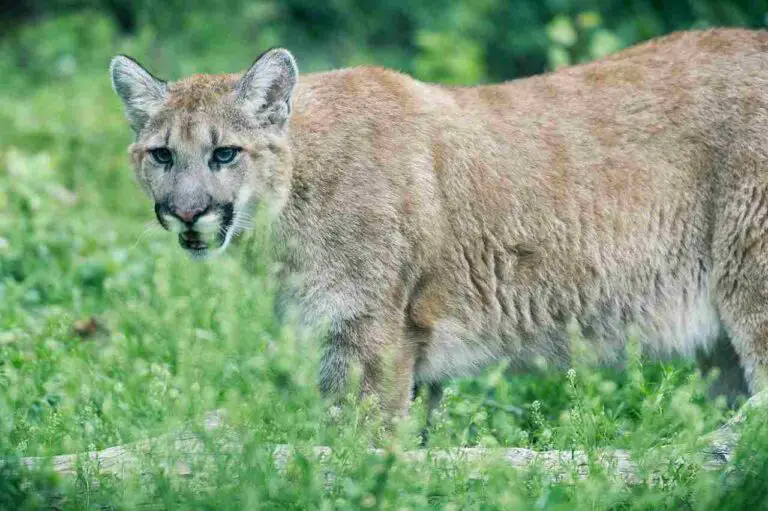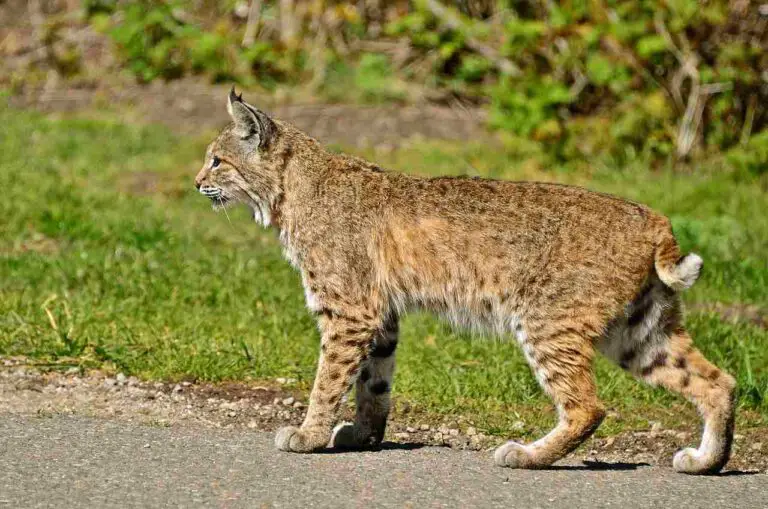9 Types of Rotational Grazing Systems Explained
Types of rotational grazing systems are; slow, selective, intensive, simple, mob, strip, fallow, adaptive, and seasonal rotational grazing.
This article discusses the types of rotational grazing, as follows;
1). Slow Rotational Grazing (as one of the Types of Rotational Grazing Systems)
Slow rotational grazing is the sequential and periodic movement of cattle across at least two grazing paddocks or sections of pastoral land.
The movement of cattle from one paddock to the next, in this system, typically occurs between seven days to eleven months, although in rare cases it could be up to a year.
Slow rotational grazing derives its name from the fact that the rotation is planned such that movement from any given paddock does not occur earlier than scheduled. Rather, the only flexibility allows for an extension of the time in a paddock or section of land.
This results in relatively prolonged grazing in each paddock, and a lengthy overall period before the completion of one grazing cycle.
The duration of grazing in slow rotational grazing system, depends on various factors which include season of the year, species, age, and size of cattle population, as well as vegetative, geographic and geologic characteristics of the pastoral land.
In terms of its planning, slow rotational grazing is similar to crop rotation, and achieves similar outcomes. However, care must be taken when creating a slow grazing scheme, to reduce the risk of overgrazing and its environmental impacts, such as over-compaction and exposure to soil erosion.
2). Selective Rotational Grazing
Selective rotational grazing is a type of rotational grazing that seeks to optimize the efficiency and effectiveness of the grazing scheme, by ensuring that similar cattle graze in groups.
This system can be implemented in combination with other types of rotational grazing, simply by grouping the livestock into grazing categories.
The groups or categories each share one or more important characteristics in common; such as age, sex, specie, and pregnancy status.
Such similarities ensure that animals in each group have similar nutritional needs and dietary behaviors. As such, it becomes much easier for the farmer to select suitable forage for the herd.
Selective rotational grazing can be very useful within the context of large-scale livestock farming, leading to high productivity in terms of weight/animal biomass, milk, and overall cattle health per acre of pastoral land.
It can also improve soil and forage quality and productivity, as a result of uniform feeding patterns; while reducing the complexity and increasing the effectiveness of grazing.

3). Intensive Rotational Grazing (as one of the Types of Rotational Grazing Systems)
Intensive rotational grazing is a highly professional and effective system of grazing where large pastoral land is divided into numerous and relatively-small paddocks, in which cattle are allowed to graze for a very short period of time [1].
The duration of grazing in each paddock, for intensive rotational grazing system, is often as short as one to seven days. Because of the number of paddocks and the size of land available, any given paddock that has been grazed upon, can have as long as a year before it is returned to.
Such long fallow periods and short, intense grazing periods, stimulate rapid and healthy forage growth. The approach also makes it possible to achieve high levels of soil conservation, productivity increase, operational sustainability and water conservation, with less active monitoring.
As earlier stated, intensive rotational grazing often requires professionalism in the sizing, demarcation and use of paddocks. It requires large land area, and is most suitable where the ratio of land area to cattle population is high.
Regions that are sensitive and prone to desertification, as ideal for intensive grazing.
4). Simple Rotational Grazing
Simple rotational grazing is a type of rotational grazing that does not require of involve any significant division of pastoral land, but rather, where animals are allowed to graze in a given pastoral area at a given time, and subsequently moved to another pastoral land area.
In simple rotational grazing, entire lands, rather than paddocks or segments, are rotated. The approach is ideal in cases where abundant but disjoint land resources are available, and derives its name ‘simple’, from the fact there is no effort made to measure, divide and monitor paddocks for adherence to grazing regulations.
However, shifting cattle from one grazing area to another can place the cattle at risk of diseases and nutritional destabilization as a result of drastic and continual changes in physicochemical and biological conditions.
5). Mob Rotational Grazing (as one of the Types of Rotational Grazing Systems)
Mob grazing is a type of cattle grazing that involves the dispersion of cattle with high stock density [2], so that 75-500 animals may graze per acre of land.
While it is a distinct or separate grazing system, it can be categorized as a type of rotational grazing when shifting of the cattle occurs in a cyclic manner. Here; it becomes referred to as ‘rotational mob grazing’ or ‘mob rotational grazing’.
In rotational mob grazing, movements often occur rapidly, between 1 to 7 days; while paddocks are allowed to lie fallow for 60 to 90 days. It is very similar to intensive rotational grazing but differs from the latter only in that mob rotational grazing is focused on high stock density per unit area, while intensive rotational grazing focuses on achieving low area per unit density of stock.
The outcomes of both methods are similar, and generally include increased forage growth rate, soil conservation and cattle health/productivity. Long fallow periods allow the soil to recover from the effects of trampling, and enhance carbon sequestration, microbial activity, and other functions of the soil as both a carbon sink and a source of plant nutrients.

6). Strip Rotational Grazing
Strip rotational grazing is simply a variant of strip grazing where cattle are made to graze within narrow sections of pastoral land in a bid to increase their rate of consumption.
The method is not very common in practical cases, but can be effective for increase in weight per acre.
7). Fallow Rotational Grazing (as one of the Types of Rotational Grazing Systems)
Fallow rotation grazing is a simple system of grazing where pastoral lands or paddocks are left un-grazed for at least one year.
The method is applicable where there is abundant land, minimal technical skill and knowledge, and/or other agricultural uses of pastoral land such as crop cultivation. While it is effective for forage regrowth, fallow rotational grazing is not ideal where material, energy or time resources are limited and being conserved.
8). Adaptive Rotational Grazing
Adaptive rotational grazing is conducted based on biodynamic principles, by making effort to align the conditions of livestock grazing with those that occur naturally in the ecosystem.
It can be used to describe any of the other types of grazing where such effort is made.
In adaptive grazing, cattle grouping and feeding schemes are designed to maximize available resources and access all vegetated parts of the grazing area. There are generally no rigid rules in this system, since the rules are determined by existing ecologic conditions.
9). Seasonal Rotational Grazing (as one of the Types of Rotational Grazing Systems)
Seasonal rotational grazing (also called ‘deferred rotational grazing) is a simple grazing system where cattle movements between paddocks is determined by seasonal conditions and changes.
This type of rotational grazing can be described as an adaptive type, as its effectiveness depends on how well the farmer is able to align the changes on the pastoral farm with natural changes in ecologic conditions.
Decisions such as the duration of grazing on each paddock, the species of forage that are used, and the stock density per unit area of land, are all made in such a manner that will not be affected negatively by the seasonal conditions at the given time.
Conclusion
Types of rotational grazing systems are;
1. Slow Rotational Grazing
2. Selective Rotational Grazing
3. Intensive Rotational Grazing
4. Simple Rotational Grazing
5. Mob Rotational Grazing
6. Strip Rotational Grazing
7. Fallow Rotational Grazing
8. Adaptive Rotation Grazing
9. Seasonal Rotational Grazing
References
1). Badgery, W. B.; Cranney, P.; Millar, G.; Mitchell, D.; Behrendt, K. (2012). “Intensive rotational grazing can improve profitability and environmental outcomes.” Proceedings of the 27th Annual Conference of the Grassland Society of NSW Inc.; Wagga Wagga, NSW Volume: 27. Available at: https://www.semanticscholar.org/paper/Intensive-rotational-grazing-can-improve-and-Badgery-Cranney/6d6e367644f0cf03902e4ee6d2d51e9254a787dd. (Accessed 13 November 2022).
2). Reed, H.; Clay, S.; Smart, A.; Clay, D.; Ohrtman, M. (2019). “Mob Grazing Results in High Forage Utilization and Reduced Western Snowberry Size.” In R. L. Edvan, & E. M. Santos (Eds.), Forage Groups. IntechOpen. Available at: https://doi.org/10.5772/intechopen.83402. (Accessed 13 November 2022).



